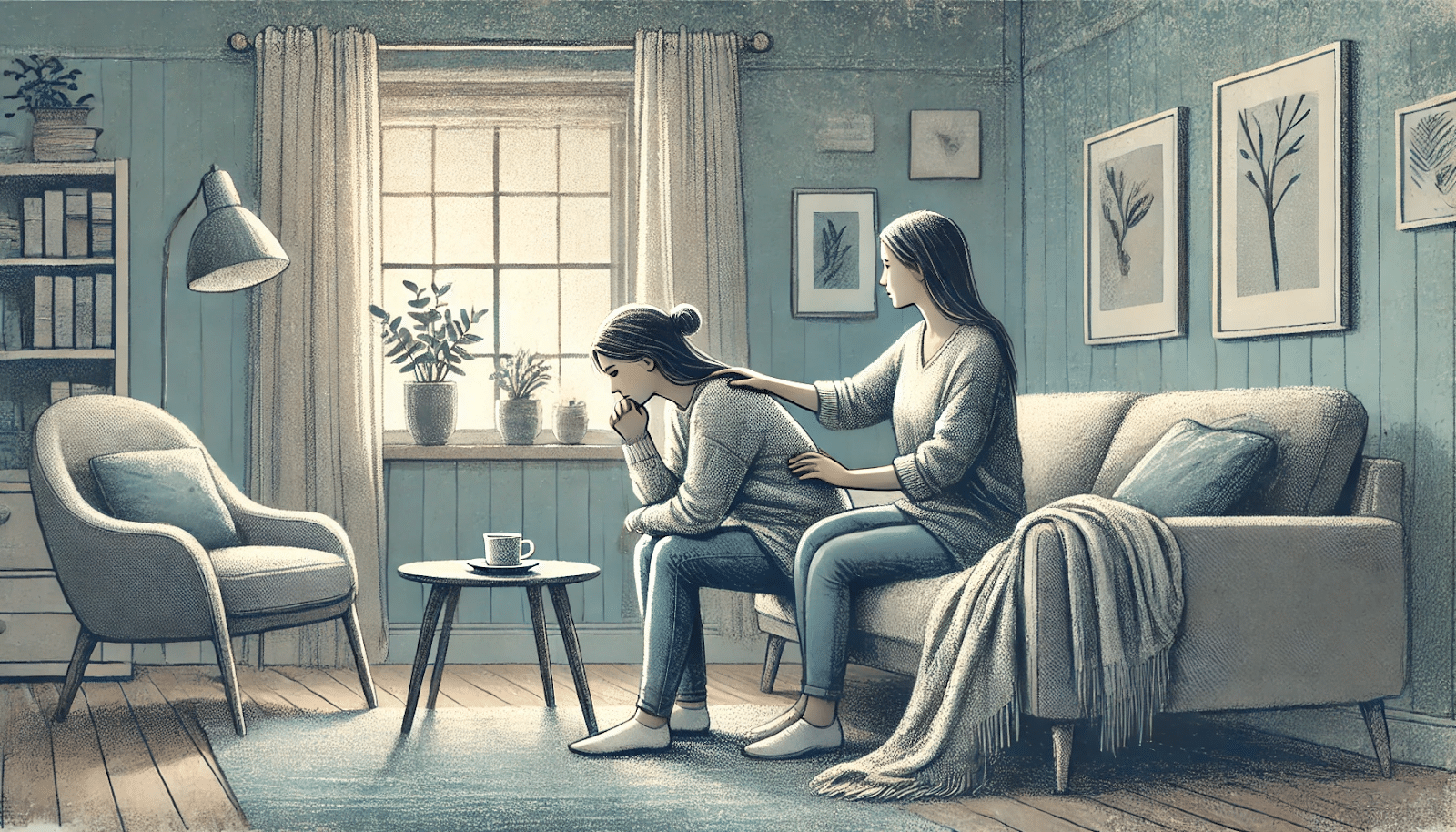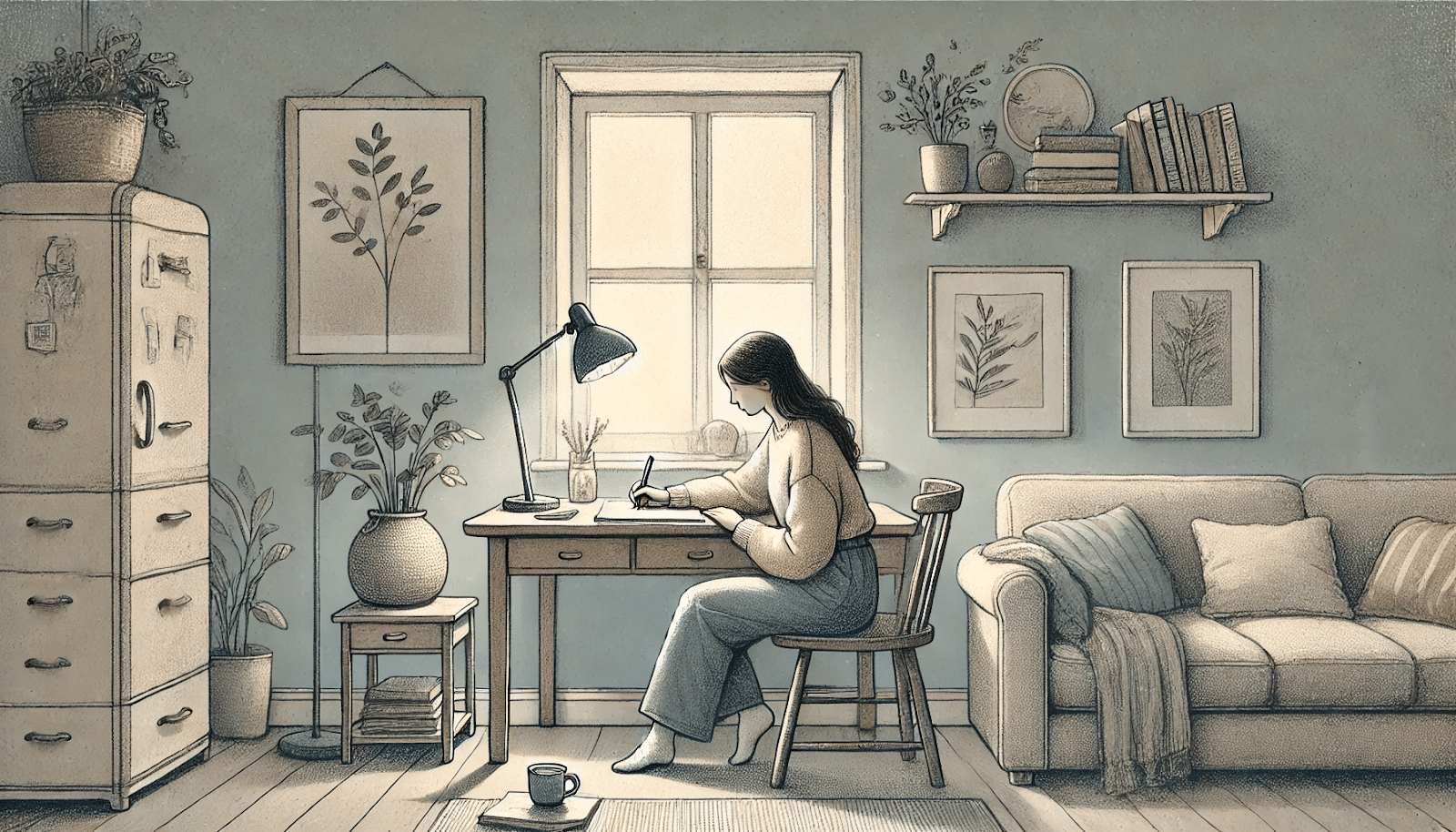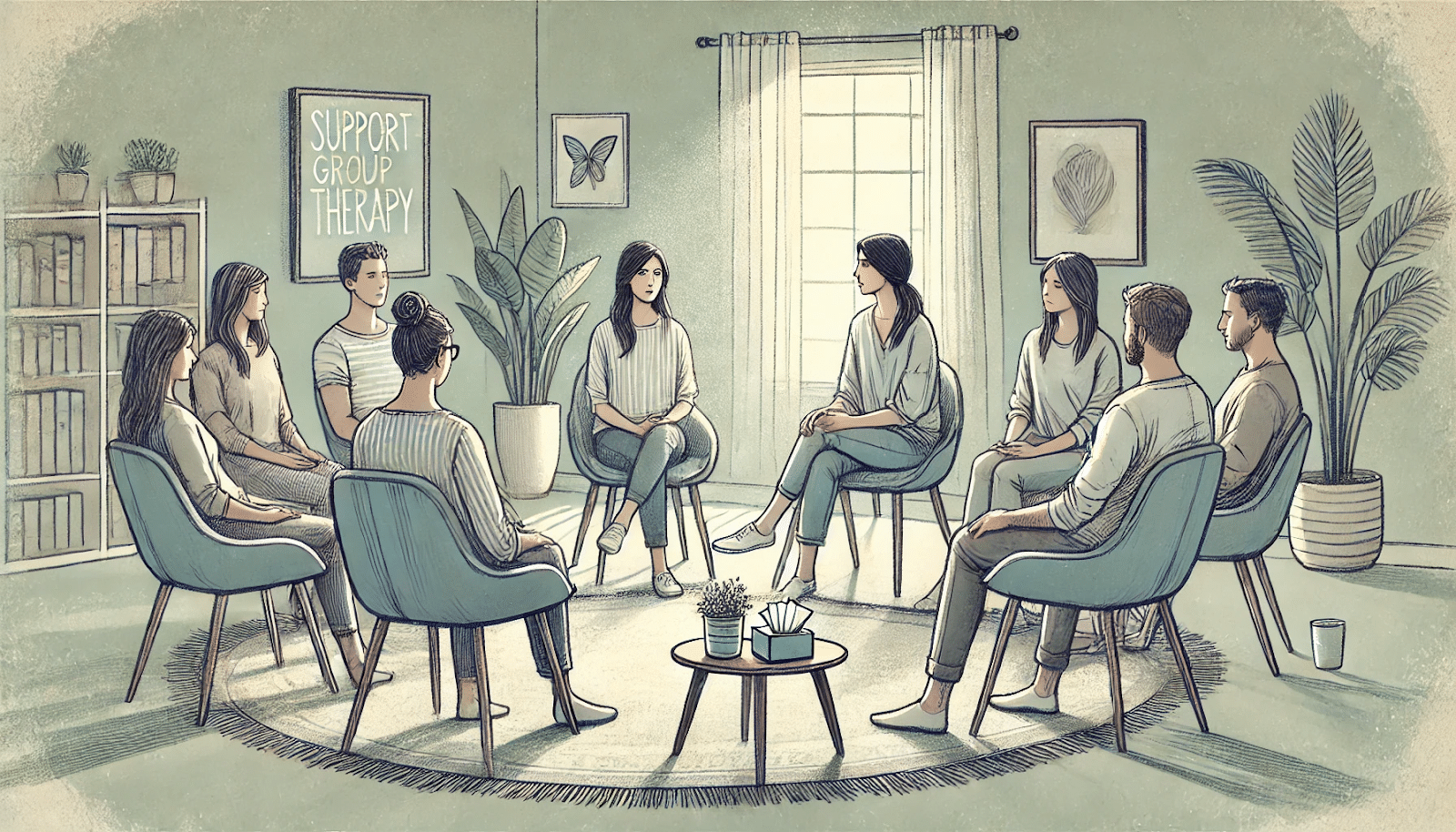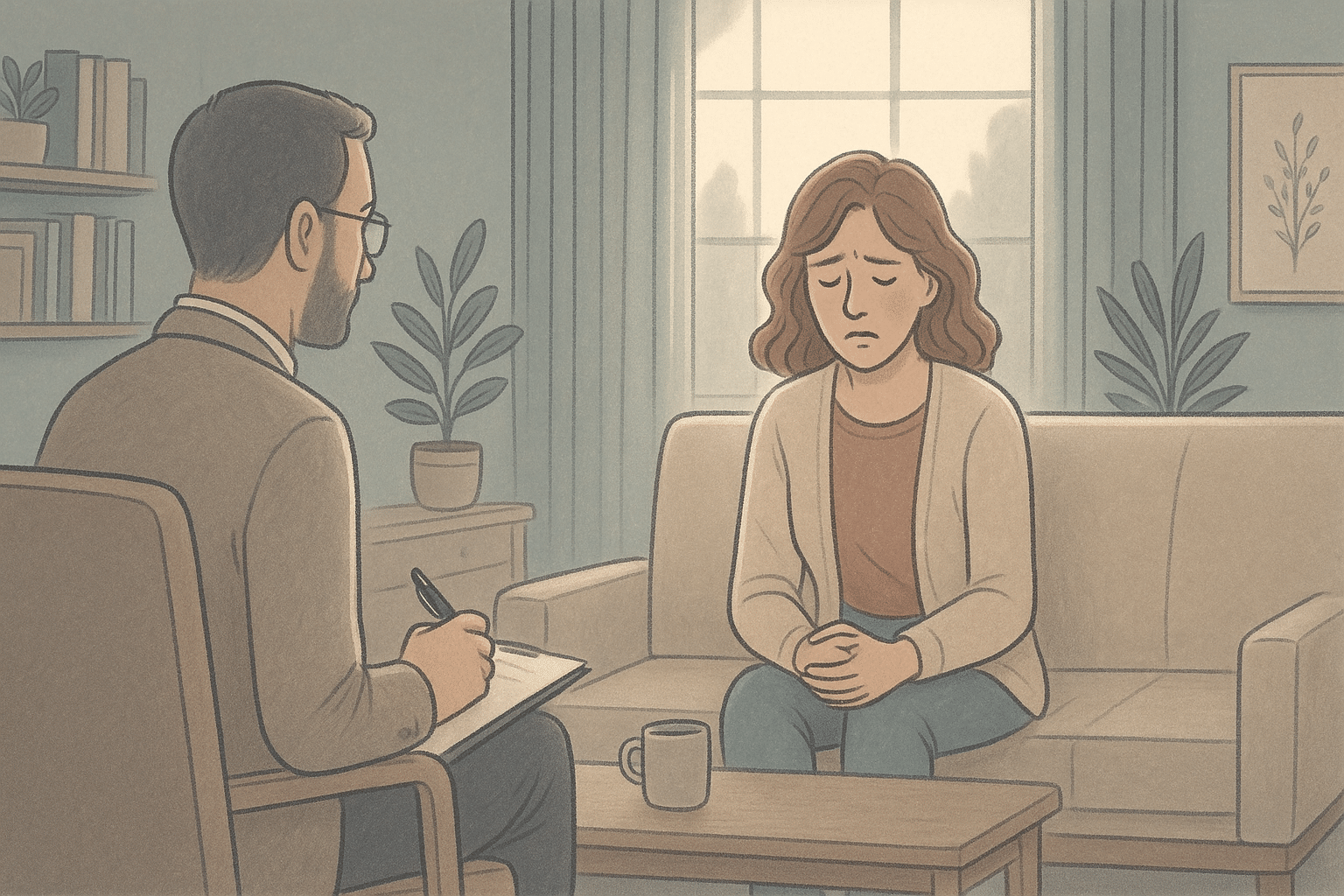Key Takeaways
- Borderline Personality Disorder (BPD) is characterized by emotional instability, fear of abandonment, and impulsive behaviors that significantly impact relationships and daily functioning.
- Supporting someone with BPD requires active listening, empathy, and consistent communication strategies that validate their feelings without judgment.
- Creating a stable environment with clear boundaries helps both the individual with BPD and their caregivers maintain healthy relationships.
- Professional treatment approaches like Dialectical Behavior Therapy (DBT) and Cognitive Behavioral Therapy (CBT) are essential components of recovery.
- At A Mission For Michael (AMFM), we provide evidence-based therapies specifically designed for BPD treatment programs across California, Minnesota, and Virginia.
Understanding Borderline Personality Disorder (BPD)
Borderline Personality Disorder is marked by a pattern of varying moods, self-image, and behavior. These symptoms often result in impulsive actions and problems in relationships. People with BPD may experience intense episodes of anger, depression, and anxiety that can last from a few hours to a few days.
Common Symptoms of BPD
Individuals with BPD often exhibit a range of symptoms that can vary in intensity:
- Fear of abandonment
- Unstable relationships
- Unclear or shifting self-image
- Impulsive behaviors
- Self-harming behaviors
- Extreme emotional swings
- Chronic feelings of emptiness
- Intense, inappropriate anger
| A Mission For Michael: Expert Mental Health Care Founded in 2010, A Mission For Michael (AMFM) offers specialized mental health care across Southern California, Minnesota, and Virginia. Our accredited facilities provide residential and outpatient programs, utilizing evidence-based therapies such as CBT, DBT, and EMDR. Our dedicated team of licensed professionals ensures every client receives the best care possible, supported by accreditations from The Joint Commission and the California Department of Health Care Services. We are committed to safety and personalized treatment plans. Start your recovery journey with AMFM today! |
Mental and Emotional Impact
The mental and emotional impact of BPD can be profound, affecting both the individual and their relationships.
People with BPD often struggle with feelings of worthlessness and fear of abandonment, leading to intense emotional responses and impulsive actions. These emotional swings can strain relationships, making it difficult for loved ones to understand or predict their behavior.
Supporting Your Loved One
Supporting someone with BPD involves a combination of understanding, patience, and practical strategies. Here are some ways you can help:
- Educate yourself about BPD to better understand their experiences.
- Practice active listening and validate their feelings.
- Encourage them to seek professional treatment and support.
- Set healthy boundaries to protect both yourself and your loved one.
- Offer consistent support and reassurance.
Effective Communication Strategies
Listening Actively
Active listening involves fully concentrating, understanding, and responding to your loved one. This means giving them your full attention, acknowledging their feelings, and avoiding interruptions or judgments.

By actively listening to your loved one when they speak, you show that you care about their experiences and are there to support them.
Expressing Empathy
When supporting someone with BPD, expressing empathy can help validate their emotions and experiences. Use phrases like “I understand this is difficult for you” or “I’m here for you” to convey empathy and support.
Empathy can also involve recognizing and acknowledging their struggles without minimizing or dismissing their feelings. This can help create a safe space for open communication and emotional expression.
Avoiding Triggers
Triggers are situations, words, or actions that can provoke intense emotional reactions in someone with BPD. Identifying and avoiding these triggers can help prevent emotional outbursts and maintain a stable environment.
Work with your loved one to identify their triggers and develop strategies to manage or avoid them. This may involve setting boundaries, creating a routine, or finding alternative ways to express emotions.
Creating a Stable Environment
Setting Healthy Boundaries
Boundaries help define acceptable behaviors and protect you from emotional harm. Clearly communicate your boundaries and consistently enforce them to maintain a healthy relationship.
For example, here’s how you can set boundary when managing emotional outbursts:
- Boundary: “I want to support you, but I can’t continue a conversation if there’s yelling or name-calling.”
- Communication: Calmly say, “I’m here to listen when we can talk respectfully. Let’s take a break and come back when we’re both calmer.”
- Enforcement: If yelling starts, pause the conversation and step away until both are ready to talk calmly.
And here’s another one when you want to protect your personal time while still providing support:
- Boundary: “I need some time alone to recharge after work.”
- Communication: “I care about you, but I need 30 minutes of quiet when I get home before we talk.”
- Enforcement: Use this time consistently and gently remind your loved one if they interrupt, reinforcing that it helps you be more present later.
Setting clear boundaries like these helps protect your emotional well-being and creates a more stable, respectful environment, which benefits both you and your loved one with BPD.
Encouraging Routine
A consistent daily schedule can help reduce anxiety and create a sense of normalcy. Encourage your loved one to develop a routine that includes regular meals, sleep, and activities.

Having a daily schedule helps to avoid the mind from wandering off to thoughts that may be intrusive and often inaccurate.
Routines can also help manage impulsive behaviors by providing a predictable framework for daily life. Work together to create a routine that supports their needs and promotes a sense of stability.
Balancing Independence
This involves allowing a loved one to make decisions and manage their responsibilities while providing support when needed. Encouraging independence can boost their confidence and promote self-reliance, essential components for their recovery journey.
Promoting Treatment and Support
Therapy Options
Several therapy options are available for individuals with BPD, each offering unique benefits. Dialectical Behavior Therapy (DBT) is one of the most effective treatments, focusing on teaching coping skills and emotional regulation. Cognitive Behavioral Therapy (CBT) can also help by addressing negative thought patterns and behaviors.
Seeking Professional Help
Psychiatrists and other mental health professionals can provide medication management and additional support. Medications, such as mood stabilizers or antidepressants, may be prescribed to help manage symptoms.
Support Groups
Encourage your loved one to join a support group, either in-person or online, to benefit from shared experiences and mutual encouragement. As a caregiver, you can also find support groups designed specifically for family members, offering guidance and understanding.

Going to a support group is a great way to connect with people who can empathize and encourage you.
Finding Hope and Healing for BPD at AMFM
At A Mission For Michael (AMFM), we recognize that true healing from BPD comes from treating the whole person—integrating evidence-based therapies with tailored nutrition plans, structured physical activity, and restorative rest practices to support brain health and emotional regulation.
Our home-like yet accredited facilities across California, Virginia, and Washington provide specialized care through our unique whole-person wellness model. We help our clients develop a complete toolkit for managing BPD symptoms and building a balanced, fulfilling life.

At AMFM we use our residential programs and outpatient services, to provide the structured environment and consistent support that individuals with BPD need to thrive.
Frequently Asked Questions (FAQ)
What are typical BPD symptoms?
BPD symptoms include emotional instability, intense relationships, impulsive behaviors, fear of abandonment, and a distorted self-image. These symptoms can vary in intensity and may fluctuate over time.
How can professional treatment aid recovery?
Professional treatment, such as DBT and CBT, can provide individuals with BPD the tools and strategies needed to manage symptoms and improve emotional regulation.
What role do support groups play?
Support groups offer a safe space for individuals with BPD and their caregivers to share experiences, gain insights, and connect with others facing similar challenges. These groups provide mutual encouragement and a sense of community, which can be invaluable on the path to recovery.
How can caregivers avoid burnout?
Caregivers can avoid burnout by prioritizing self-care, setting boundaries, and seeking support from friends, family, or support groups. Recognize the signs of burnout and take proactive steps to address them.
How does AMFM assist in supporting individuals with BPD?
A Mission For Michael (AMFM) provides a comprehensive range of services designed to support individuals with BPD and their caregivers. Our programs include therapy options, support groups, and educational resources which meet the unique needs of each person.











